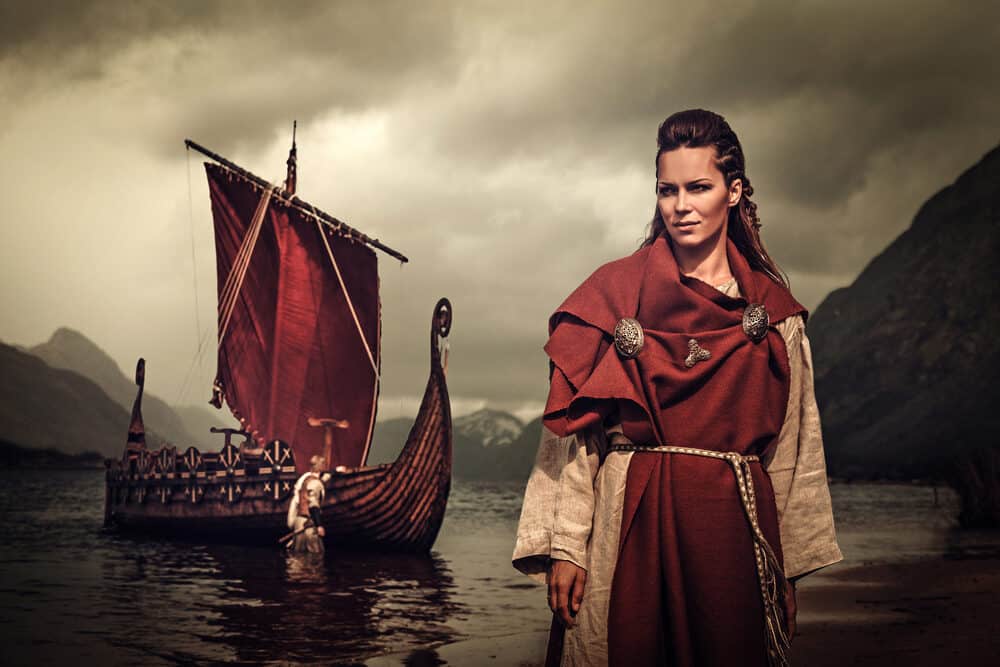
Dreadlocks are commonly thought to be a Black style that other races imitate. But many people have heard through the grapevine that Vikings wore dreads in ancient times. Did Vikings actually have dreads?
If you’re wondering whether this could be true, you’re in the right place. In this article, we’ll dive into Viking hairstyles and answer once and for all if Vikings had dreadlocks.
Table of Contents
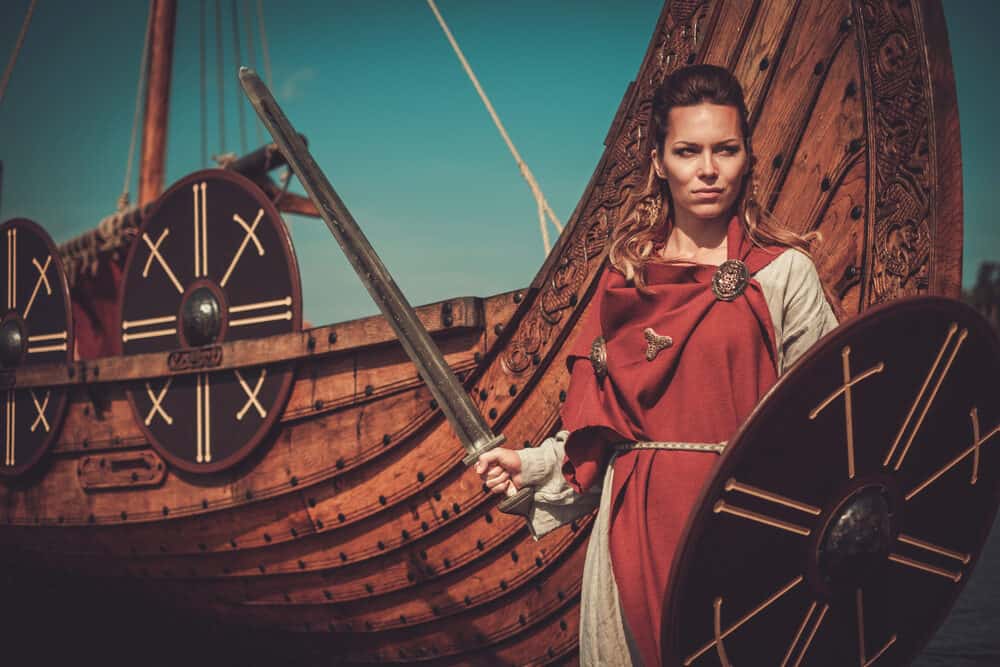
Did Vikings Have Dreads?
The Vikings didn’t leave behind much literature or recorded history, so there isn’t much concrete information available on them. Viking culture was kept alive through its oral tradition, much of which has been lost over the centuries.
What we do know mostly comes from the written accounts of foreign peoples that interacted with Vikings. Roman authors described some Vikings as having long hair that looked like ropes. So, it is very likely that Vikings wore dreads or braids.
Other hairstyles worn by Vikings include:
- Mohawks
- Buns and ponytails
- Braids
- Reverse mullets
Due to their proximity, Vikings often interacted with Celtic peoples. The Celts were well documented to wear their hair in dreads and may have inspired the Vikings to follow suit.
Celts called the style elflocks or fairy-locks, as they believed the notoriously mischievous creatures tied knots and tangles in their hair as they slept.
Key Takeaways
- Viking Age and Dreadlocks: Historical records suggest Vikings may have worn dreadlocks, influenced by Celtic "elflocks" or fairy-locks. This historical record aligns with descriptions of Vikings by ancient Romans with rope-like strands of hair, hinting at a unique style that crosses various cultures and ancient civilizations.
- Cultural Appropriation Concerns: The use of dreadlocks, often associated with black people and ancient Egyptians, raises questions of cultural appropriation when worn by white people like Vikings. These questions reflect the historical context and cultural significance of dreadlocks across different civilizations.
- Hair Significance in Viking Culture: Vikings valued personal hygiene and elaborate hairstyles, including potentially dreadlocks, for social status and practical purposes. Whether in a dreadlock style or not, long hair symbolized higher status, contrasting with shorter hair or a shaved head for enslaved people.
- Global History of Dreadlocks: Dreadlocks have a diverse origin, appearing in various ancient texts and archaeological evidence from different places like Minoan civilization, Pacific Islanders, and African tribes. This shows the dreadlocks style's widespread cultural and religious significance over time.
- Modern Interpretation and Significance: In recent years, dreadlocks have evolved in popular culture, influenced by figures like Bob Marley and Haile Selassie, reflecting a blend of black power, unique hairstyles, and cultural trips. This modern interpretation respects the historical evidence and significance of dreadlocked hair in ancient sources.
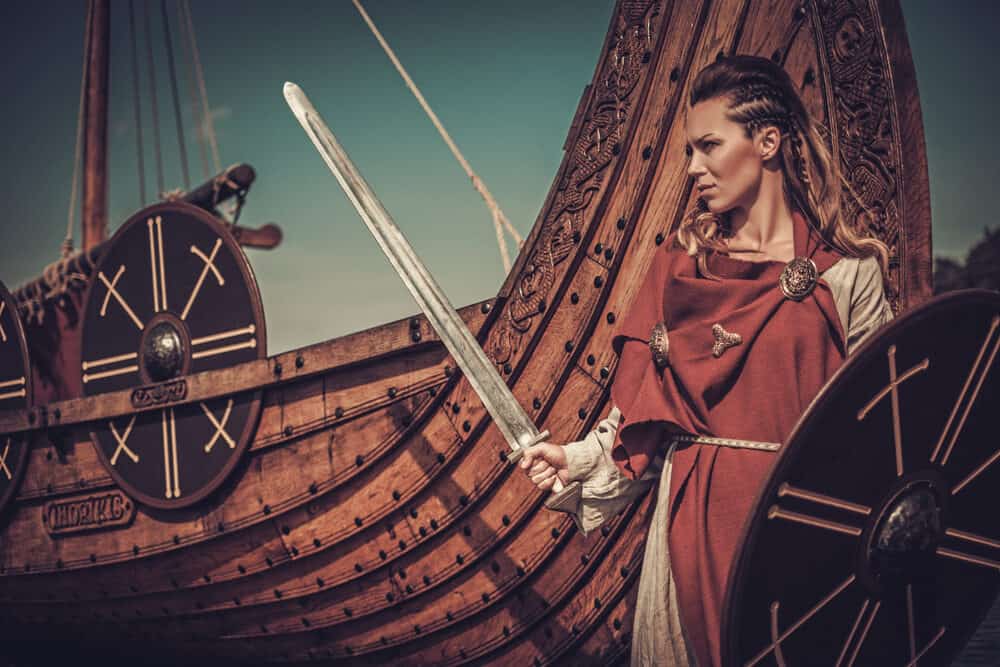
Why Did Vikings Wear Dreadlocks?
Despite the stereotypes, Vikings valued hygiene and were surprisingly well-groomed. Consequently, they took great pride in their hairstyles.
Men and women alike adorned themselves in lavish hairdos, likely including dreads. Here are some of the leading theories behind why Vikings may have worn dreadlocks.
As a Status Symbol
Historians think dreads served as a status symbol for ancient Vikings. Vikings were heavily into the human slave trade, so slaves were common.
To differentiate the slaves from the general population, they were likely forced to keep their hair cropped short. As a result, long and ornate hairstyles became associated with a higher status.
Both Viking men and women are thought to have worn dreads.
While married Viking women usually tucked their long hair into a high bun, unmarried Viking women wore their hair loose, in braids, or in dreads. Wealthy individuals adorned their hairstyles with brightly colored ribbons and embellished caps.
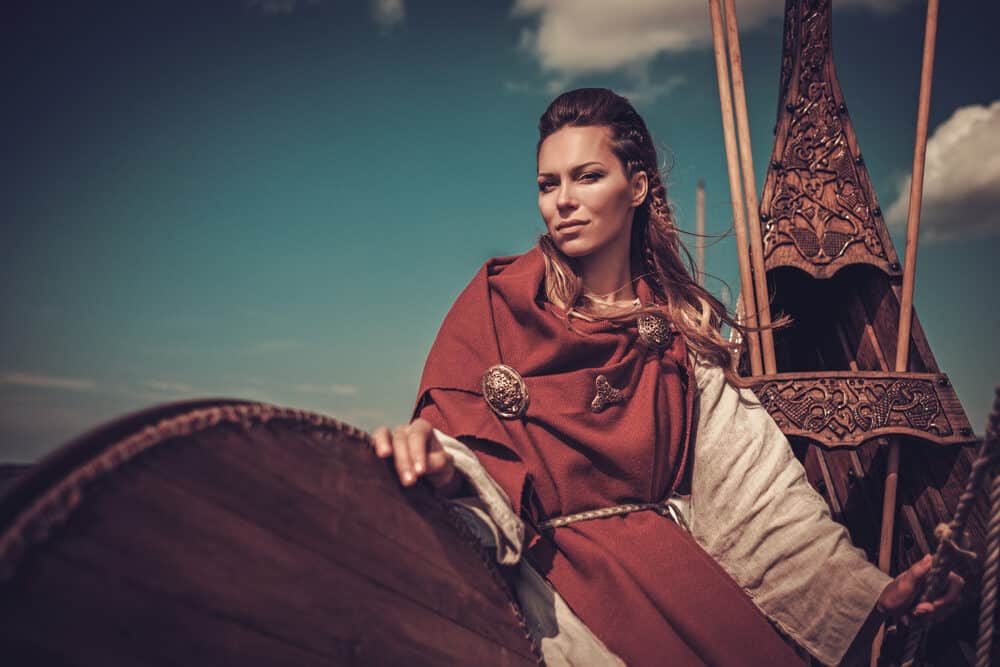
Dreadlocks Were Practical
Viking men led a life of constant travel and combat. However, long hair was fashionable and highly valued.
Wearing their hair loose all the time would have been impractical, so dreads were used to keep their long hair from getting in the way as they fought.
For Intimidation
Foreign people likely found the unfamiliar hairstyle intimidating. Ancient Roman accounts described dreads as a hairstyle that looked like snakes.
This was a formidable sight to people who grew up hearing stories of mythical snake-haired monsters like Medusa.
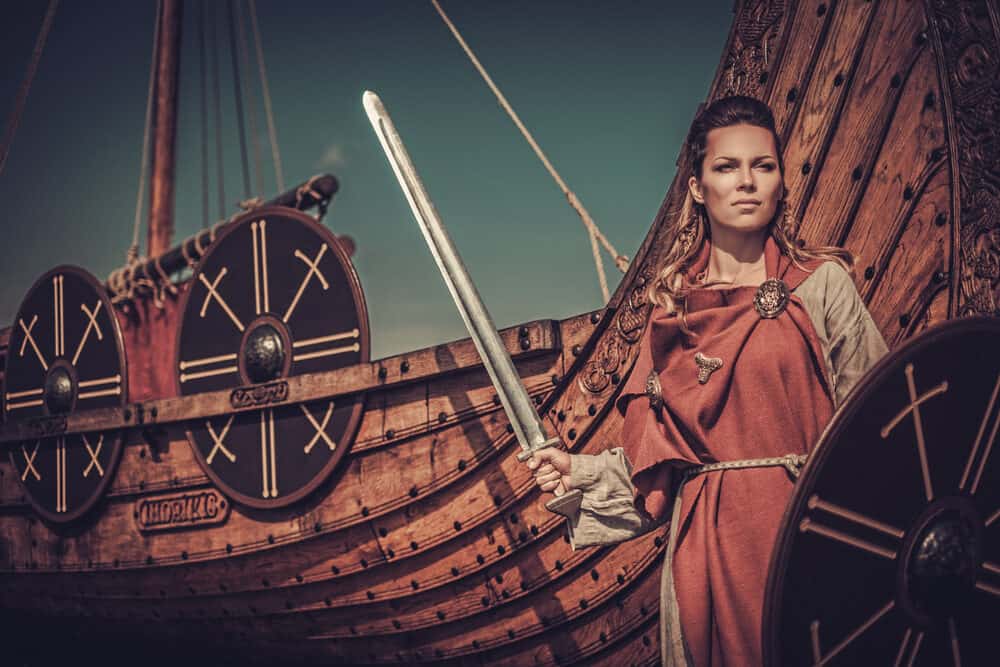
Who Wore Dreadlocks First?
Although Vikings and Celts wore their hair in dreads, historians agree that neither group invented them. Unfortunately, it’s impossible to pin down the exact origin of dreads.
They have been documented on nearly every continent, from Asia and the Middle East to North America and Aboriginal Australia.
One thing that sets dreadlocks apart from other hairstyles is their ability to form naturally, particularly with the limited grooming options available in ancient times.
People from all over the globe experienced hair matting, so it’s impossible to attribute the style to any one group.
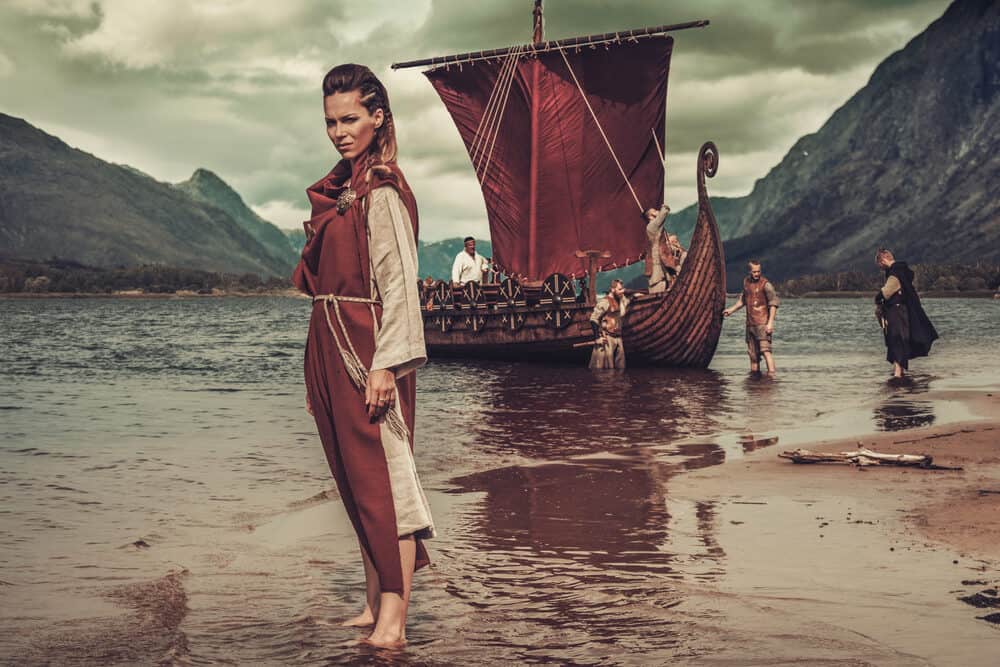
Which Cultures Had Dreadlocks
As we mentioned before, dreadlocks have been worn on nearly every continent. This section will cover some cultures known to have dreads.
Africa
Africa has a long history of dreadlocks, spanning back centuries. From shamans to warriors, dreads were a staple hairstyle due to the curly nature of African hair.
Kinky and curly hair textures dread naturally, even with frequent grooming. Some tribes, like the Kenyan Maasai, colored their dreads with red pigments to differentiate themselves from others.
Like the rest of Africa, Egypt has some of the most well-documented evidence of ancient dreadlocks. There are hieroglyphs showing Egyptian pharaohs wearing locs to symbolize wealth and power.
Egyptians were experts at preserving corpses through a process called mummification. Archeologists have uncovered mummies that still have their dreads intact!
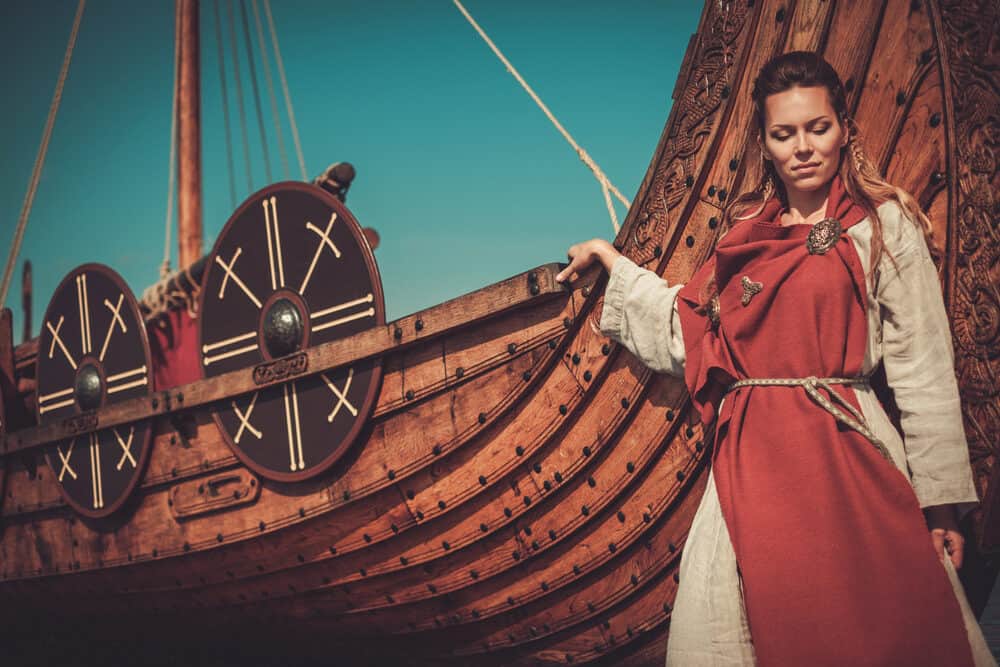
The Americas
Various ethnic groups in Southern, Northern, and Central America have worn dreadlocks. Some Native American men from various tribes twisted their hair into long rolls and decorated them with clay, animal fat, and paint.
In Aztec society, priests allowed their hair to grow completely unmanipulated. The hair would wrap around itself and form dreads.
Like the Egyptians, advanced preservation techniques allowed some of the corpses to remain fully intact. As a result, South American mummies were found with their dreads still in place.
Asia
One of the oldest religions in the world directly references dreadlocks. In Hinduism, some holy men wear their hair in locs to harness their spiritual energy and pay respect to Shiva. Shiva is a Hindu deity often depicted as having long, tidy dreads.
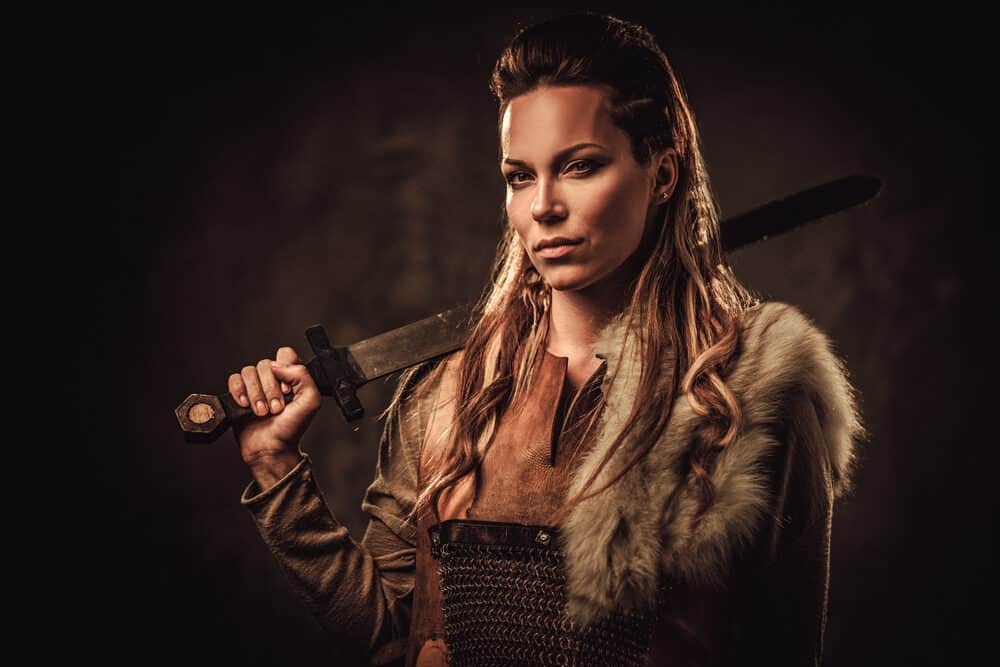
Europe
As you now know, Vikings, Celts, and other Germanic tribes wore their hair in ropelike strands. However, they weren’t the only Europeans to do so. Ancient Greece has some of the earliest depictions of dreads in its artwork.
Dreadlocks weren’t always a sought-after, intentional style. In many cases, they were merely a sign of neglected strands. One of the most well-known examples of this is with the Polish plait.
Polish plaits are a matted formation of hair that was common in Europe.
They usually resulted from poor hygiene, although some people used wax and liquids to artificially recreate the matted style. Polish plaits were often associated with witchcraft. They were believed to be signs of sickness in the body.
The Middle East
In the Torah and Bible, Samson had seven locks of hair. This is often interpreted as meaning dreads, and many early Christians adopted the hairstyle as tribute.
Jewish priests in ancient Jerusalem were not permitted to shave or pass combs through their hair. Many historians believe this caused their hair to become matted and form dreads.
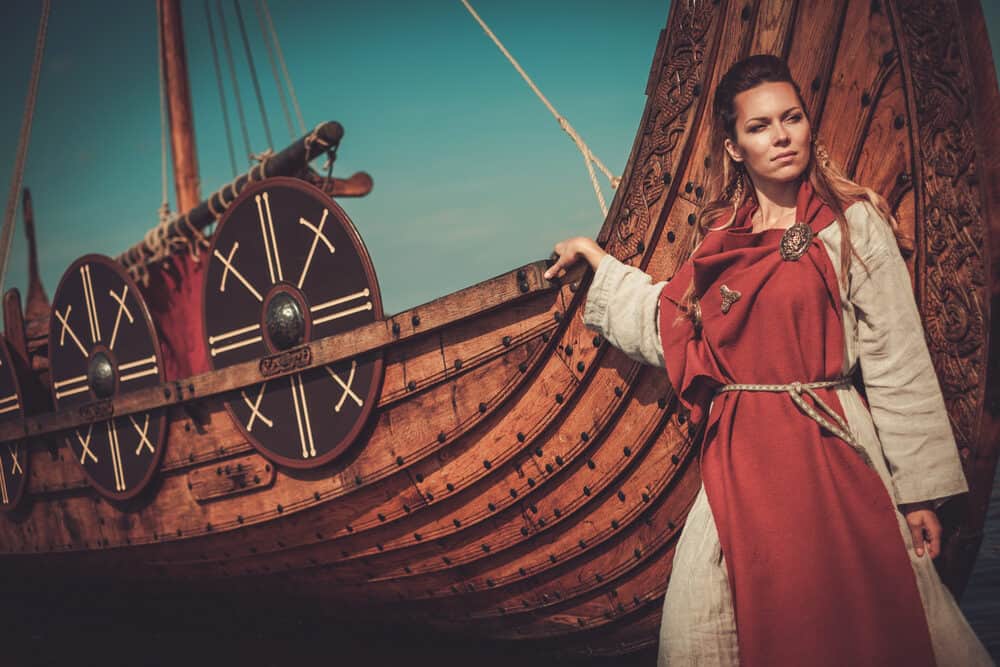
Modern-Day Dreads
In modern times, dreadlocks are still a popular hairstyle for many people. They are largely associated with the Jamaican Rastafari movement and counterculture groups, although that’s changing as dreads move into the mainstream.
Today’s dreads are often adorned with accessories like beads, feathers, and brightly colored hair dye. Some of the types of dreads seen today are:
- Micro-locs – Locs cultivated to be extremely thin, sometimes as thin as a piece of crochet yarn.
- Mono-dreads – A single dreadlock formed from an entire head of hair.
- Freeform locs – Dreadlocks formed without intentional manipulation and allowed to form unpredictably.
- Wicks – Extremely thick dreadlocks. They are mainstream, brought into the limelight most recently by rap star Kodak Black.
- Traditional locs – Dreadlocks that range in size from thin to thick. People may have anywhere from 20 to 150 traditional locs.
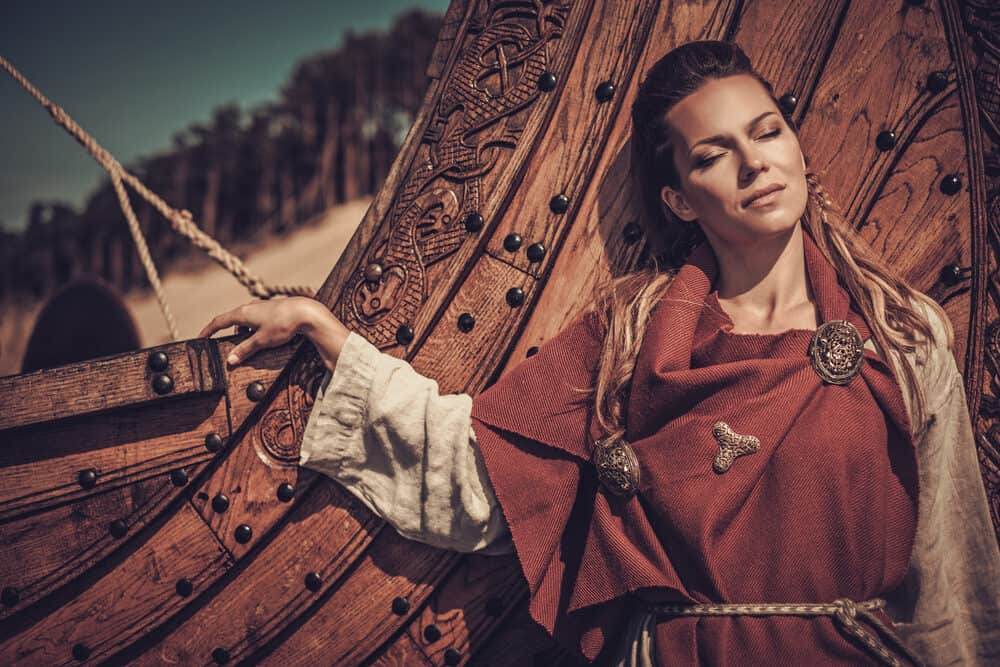
Due to the negative connotations surrounding the origin of the name, some people have stopped referring to the style as dreads.
Instead, they use the term locs to describe the style. Another part of the controversy surrounding dreads stems from how they’re perceived in some cultures.
Despite their ancient association with power and spirituality, they’re often deemed unprofessional or unkempt, especially when worn by people of color.
- How To Get Congo Dreads
- What Does Lemon Juice Do to Your Dreads?
- How To Get White Stuff Out of Dreads
- Difference Between Dreadlocks or Braids
Due to the lack of concrete evidence, it's impossible to accurately state whether Vikings wore dreadlocks. However, many historians agree that they more than likely did.
We hope this article has given you some insight into the rich history behind dreadlocks and answered your questions about Vikings and their dreads.




